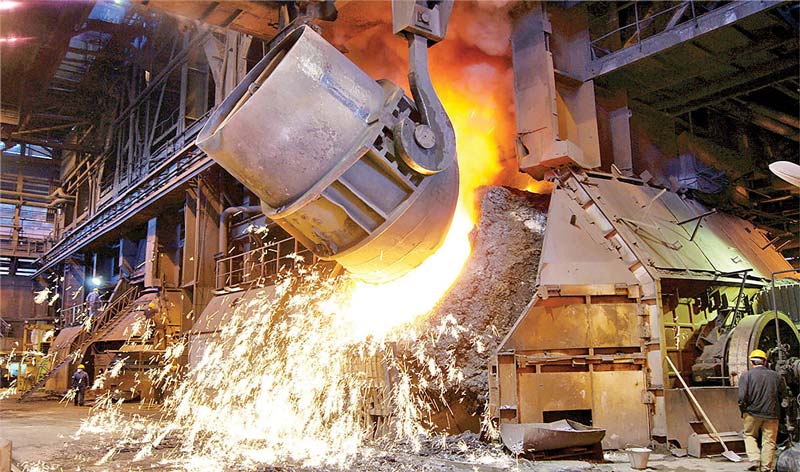
Steel Industry in Iran
With the production of about 32 million tons of steel in 2019, the Islamic Republic of Iran has ranked 10th in the world with a jump of 4 places compared to 2016. Iran’s steel production has always been increasing in the past years and has tripled compared to the past ten years. Also, the steel industry in Iran could be among the ten raw steel exporting countries in addition to providing domestic consumption.
Domestic sales of raw steel and other steel products prepared in domestic companies are mainly done in the commodity exchange. In addition to meeting the domestic needs, it is very important to increase export production and sales in order to provide the foreign currency needed by the country from non-oil exports. Therefore, it is expected that special government support for this industry will continue in the future.
In general, it can be said that the future of the global steel market can be evaluated positively. If the Iranian steel producers adopt appropriate strategies, they can use the capacities available in the domestic and foreign markets and government support, and in addition to making a good profit for the shareholders, they can make a special contribution to the economic growth and prosperity of the country. It is predicted that in the coming years, Iran’s steel production will continue to increase and will reach more than 50 million tons per year by 2025.
Which Countries are the Customers of Iranian Steel?
ASEAN countries such as Malaysia, Singapore, Myanmar, Taiwan, Thailand, Philippines and Indonesia, in general, Far East Asian countries are the main importers of Iranian steel. Before 2017, some of the exports belonged to the European market, but after that for some reasons, Iran lost the European market.
Raw Materials and Production Methods
As mentioned, steel is an alloy of iron with a low percentage (between 0.02 and 2%) of carbon and amounts of other elements combined with it. Therefore, the raw materials for steel production are mainly iron ore, concentrate, pellets and iron lumps. Iron concentrate or iron powder is obtained by grinding iron ore. Pellets and lumps are also produced using special methods (such as sintering) in pellet factories and are sold to steel factories as raw materials for steel production. It should be noted that steel production factories mainly use lumps and pellets or scrap iron as their raw material.
In general, steel production is mainly done by two methods of blast furnace and direct resuscitation.
Blast Furnace
In the blast furnace method, iron pellets enter the blast furnace along with lime and coke (a type of coal) and after melting at a very high temperature, raw iron is obtained. Then, raw iron is placed in a converter and excess carbon and its impurities are removed to produce raw steel. In our country, this method is used in Isfahan Zob Ahan Co.
Direct Reduction Method
Direct resuscitation method consists of two parts of producing sponge iron and then melting it in electric furnaces using a very strong current of electricity. In this method, iron oxide particles (iron ore) are reduced in contact with reducing gases such as hydrogen and carbon monoxide at a temperature of 750 to 900 degrees Celsius and turn into sponge iron. Then the obtained sponge iron is placed in very large electric furnaces and the process of melting and steelmaking takes place using high current of electricity.
The advantages of using this method compared to the blast furnace include not needing coal (coke) as a heat source, using electricity, reducing environmental pollution and not needing processed raw materials (such as pellets).
Finally, after going through the above steps and using one of the methods of blast furnace or direct reduction, the iron ore extracted from the mines is turned into raw steel ingots and is prepared for the production of the next products.